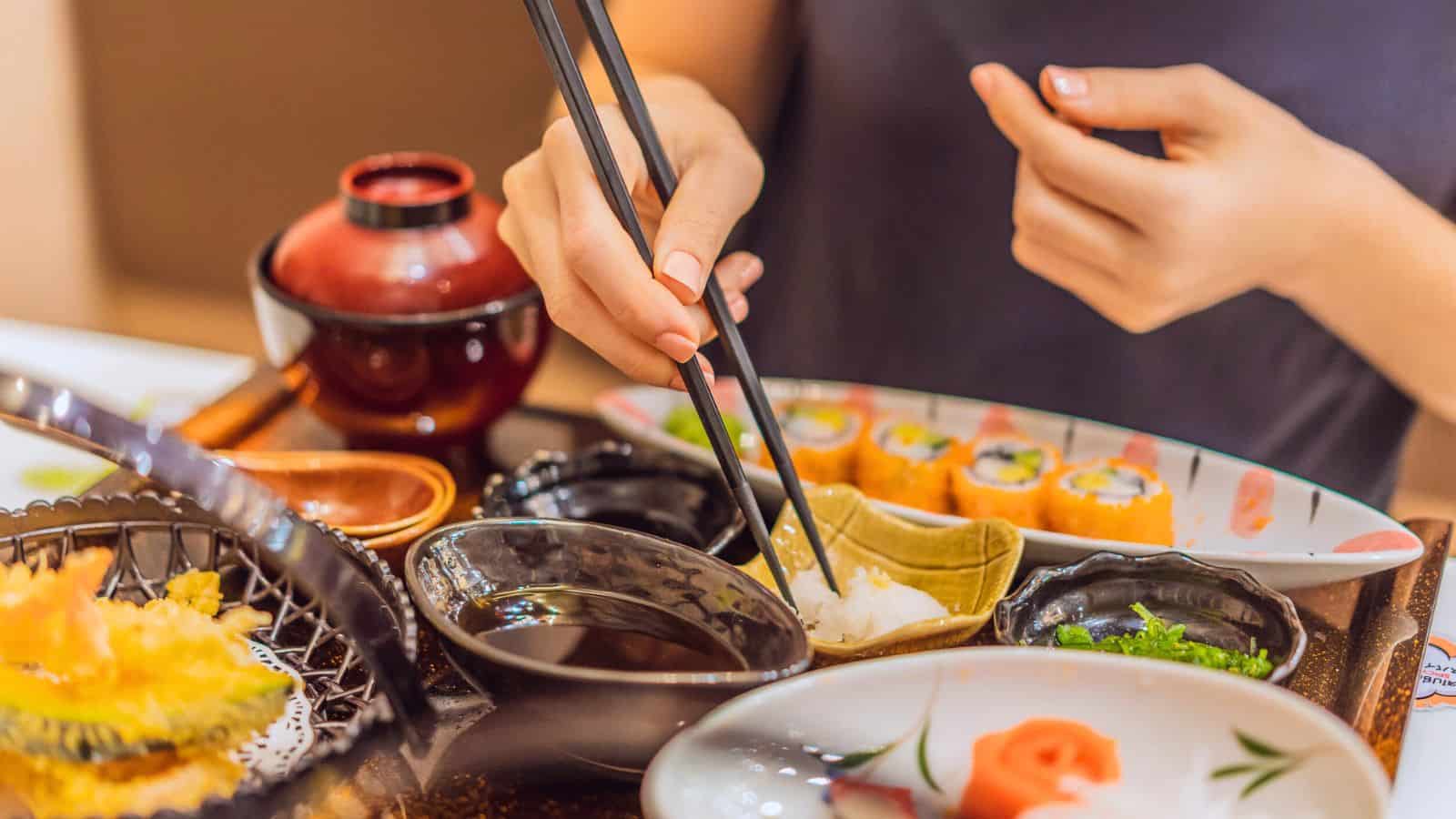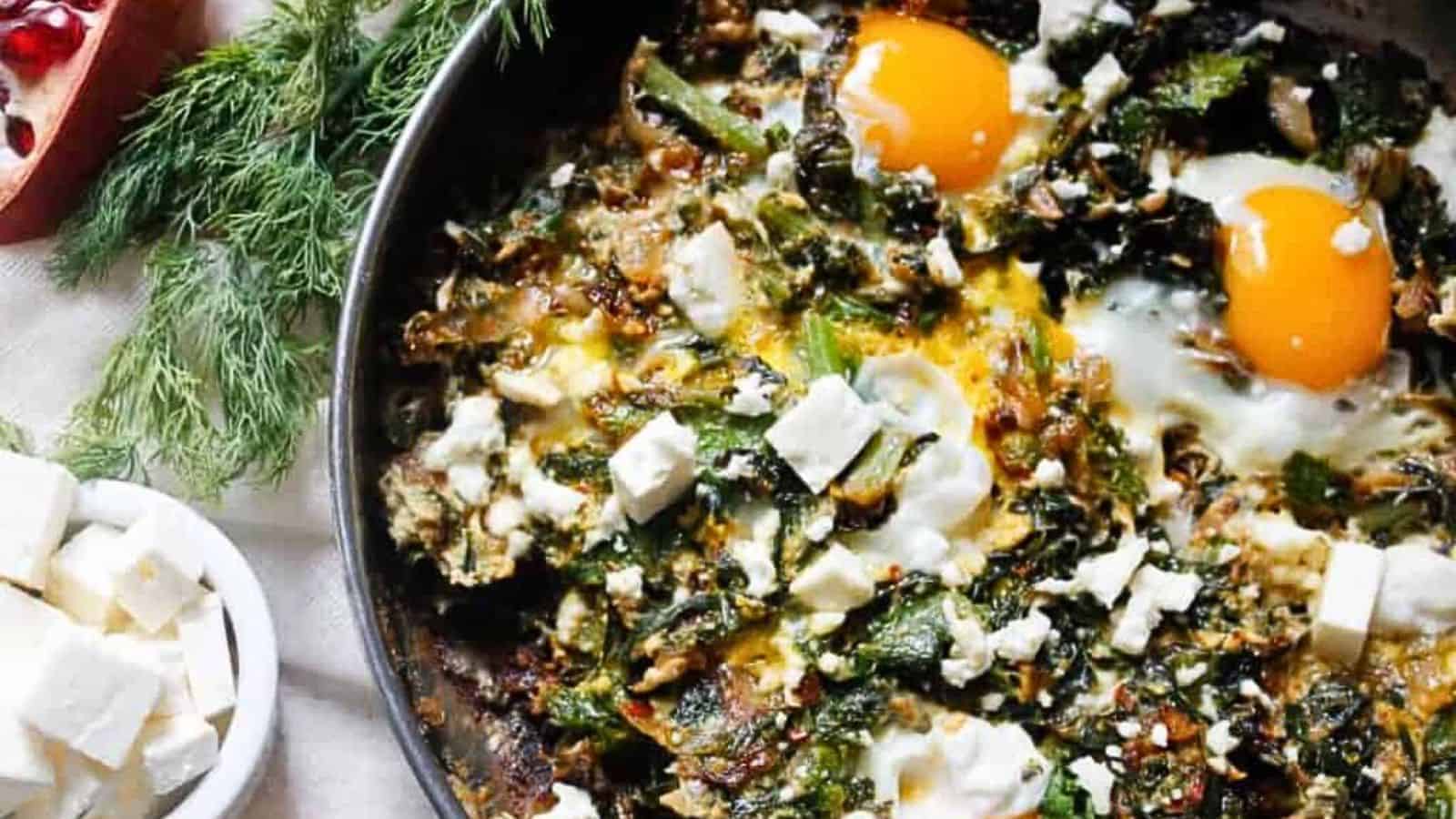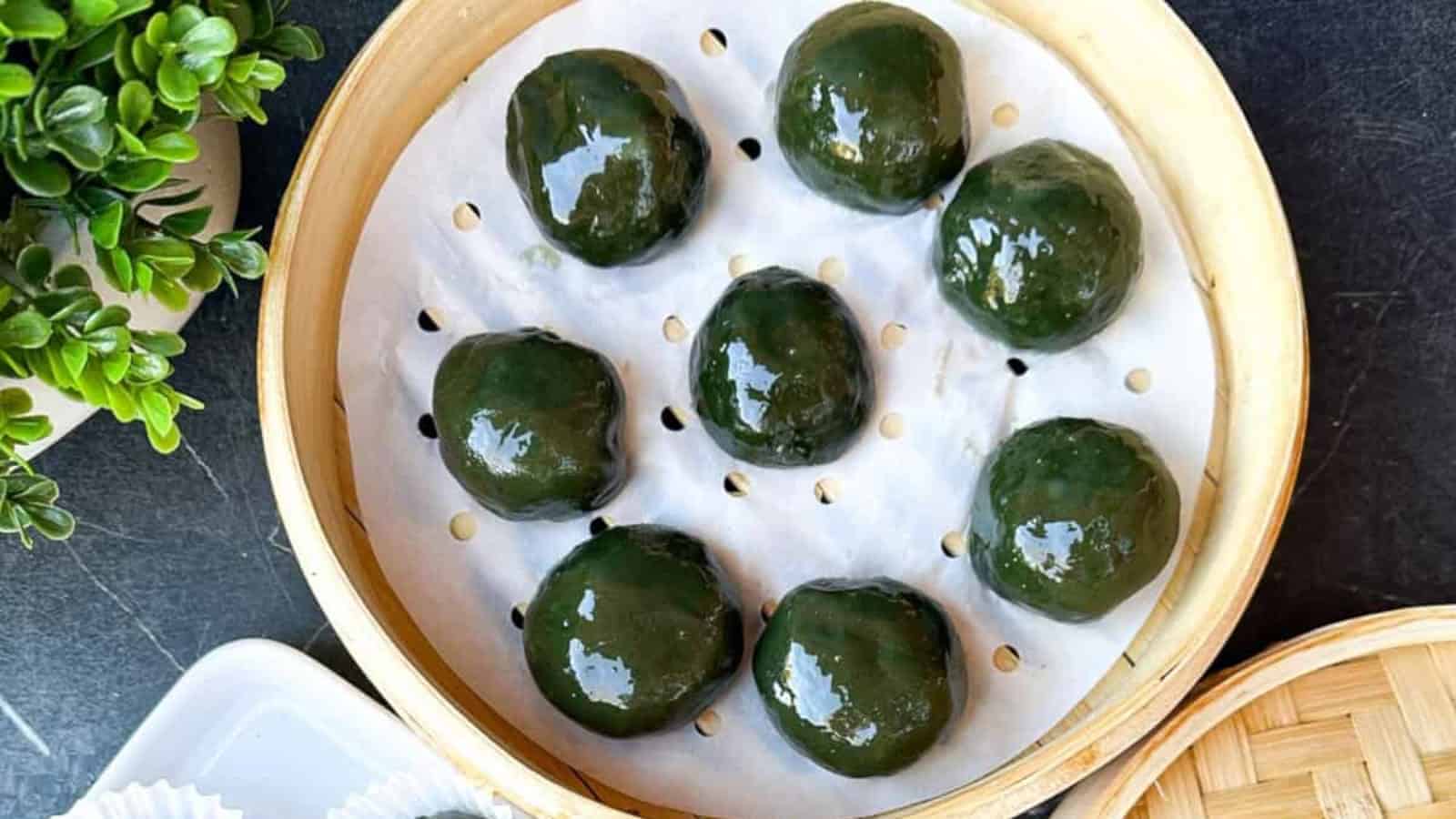Across the globe, people have developed these 11 food customs that are truly fascinating. These practices are steeped in history and meaning, reflecting the values and lifestyles of the communities that follow them. Whether it's a shared meal that brings everyone together or a unique way of showing respect, these customs add a rich layer of experience to the act of dining.
These traditions highlight the diverse ways people enjoy and honor their food. They give you a glimpse into the heart of a culture, showing us that eating is an act filled with significance and joy. So, sit back and get ready to explore some great traditions that make dining a perfect way to discover the world.

India: Eating with Hands

In many regions of India, eating with the right hand is a deeply ingrained tradition that enhances the sensory experience of the meal. This practice is believed to create a closer connection with the food, allowing diners to feel its texture and temperature. The left hand is generally reserved for tasks considered unclean. Using the right hand to eat is seen as a respectful and mindful approach to dining. Meals are often enjoyed in a communal setting, with family and friends sharing dishes, further emphasizing the importance of togetherness and cultural heritage.
Ethiopia: Gursha

In Ethiopia, sharing food directly from hand to mouth is a traditional act known as "gursha." This practice is a gesture of affection and respect, often performed among close friends and family members. It symbolizes trust and strengthens social bonds. During a meal, one person will place a bite of food directly into another’s mouth, creating a shared experience that transcends mere sustenance. This intimate custom highlights the communal nature of Ethiopian dining culture, where meals are often eaten from a shared platter, emphasizing unity and togetherness.
South Korea: Elders First

Waiting for the eldest person at the table to start eating before anyone else begins is a customary practice in South Korea. This tradition is a sign of respect for age and hierarchy, reflecting the Confucian values deeply embedded in Korean society. Younger diners often serve the elders, pouring their drinks and making sure they have everything they need. This practice fosters a sense of respect and gratitude within the family and social circles. It also teaches younger generations the importance of honoring and valuing their elders, reinforcing social harmony and mutual respect.
Mexico: Tacos and Toppings

Traditional tacos in Mexico are typically topped with simple ingredients like onions, cilantro, and lime. Overloading tacos with too many toppings is generally considered non-traditional. This minimalist approach allows the flavors of the main ingredients, such as meat or fish, to shine through. The simplicity of the toppings also makes the tacos easier to eat. This custom highlights the importance of balance and authenticity in Mexican cuisine, where each component of the taco is meant to complement the others without overwhelming them.
Italy: Cappuccino Etiquette

The timing of when to drink cappuccino is a matter of cultural etiquette in Italy. Italians typically enjoy cappuccino only in the morning, usually with breakfast. Ordering a cappuccino after a meal, especially in the afternoon or evening, is considered unusual and is often frowned upon. This practice is rooted in the belief that milk-based drinks are too heavy to consume after meals. Instead, Italians prefer to end their meals with an espresso. This custom highlights the Italian approach to food and drink, where timing and tradition play crucial roles in the dining experience.
France: Cheese Course

Traditionally served as a separate course after the main meal and before dessert, cheese holds a special place in French dining culture. A variety of cheeses, often including soft, hard, and blue varieties, are presented on a platter. Diners are encouraged to sample different types, usually accompanied by bread and wine, which complement the flavors. This course allows guests to cleanse their palate and appreciate the complexities of each cheese. It is a moment to relax and converse, adding to the meal's overall enjoyment.
Morocco: Shared Platters

Meals in Morocco are often served on large communal platters, and diners use their hands or bread to scoop up food. It’s important to eat from your own side of the platter, respecting the shared dining experience. This practice fosters a sense of community and togetherness, as everyone partakes in the same dishes. Conversations flow easily, and the act of sharing food becomes an intimate and bonding experience. The communal nature of Moroccan dining is reflective of the country’s emphasis on hospitality and social connections.
Japan: Slurping Noodles

In Japan, slurping noodles loudly is considered a sign of appreciation and enjoyment. This practice is believed to enhance the flavors and cool down the hot noodles, making them more enjoyable to eat. It is common to hear the sound of slurping in noodle shops and homes alike. This custom also signifies that the diner is relishing the meal, and it is seen as a compliment to the chef. Far from being rude, slurping is an integral part of the noodle-eating experience in Japan.
China: Banquets and Toasting

In Chinese culture, banquets are elaborate affairs filled with numerous toasts and speeches. The host typically initiates the first toast, and guests are expected to reciprocate throughout the meal. Each toast is an opportunity to express gratitude, honor relationships, and celebrate the occasion. The act of toasting is done with great enthusiasm, often accompanied by the phrase "Ganbei," meaning "dry your cup." It is customary for everyone to drink after each toast, making it a lively and interactive part of the dining experience. This tradition underscores the importance of camaraderie and respect.
Greece: Breaking Plates

Breaking plates during celebrations is a traditional practice in Greek culture meant to symbolize joy and ward off evil spirits. This custom often occurs at weddings, parties, and other festive occasions. The act of breaking plates is accompanied by music and dancing, creating a lively and exuberant atmosphere. It is believed that the noise of the breaking plates scares away negative energy and brings good luck. This tradition reflects the Greek spirit of exuberance and the cultural importance of celebrating life’s moments with enthusiasm and joy.
Turkey: Turkish Tea

Offering tea to guests is a sign of hospitality in Turkey. Typically served in small tulip-shaped glasses, Turkish tea is an integral part of social interactions. The tea is strong and usually sweetened with sugar, though it can also be enjoyed plain. Serving tea to guests is a gesture of welcome and friendship, often accompanied by conversation and relaxation. It is common to offer multiple rounds of tea, reflecting the host’s generosity and the importance of making guests feel comfortable. This practice underscores the cultural significance of tea in Turkish society as a symbol of warmth and hospitality.
Global Food Habits Uncovered

Exploring food customs from around the globe opens up a whole new world of understanding and appreciation. These traditions are more than just interesting quirks; they are windows into the values, history, and social fabric of different cultures. From the way people share a meal to the rituals that accompany dining, these practices remind us that food is a powerful connector.
Embrace the opportunity to try something new and appreciate the customs that make each culture unique. Whether you’re slurping noodles in Japan or sharing a platter in Morocco, these experiences enrich our lives and broaden our horizons. Food is a universal language; through it, we can find common ground and celebrate our differences. Cheers to the great traditions that make eating not just a necessity but a perfect way to connect and explore the world.
Must-Make Global Recipes for Foodies Everywhere

Food lovers know that the best way to experience the world is through its flavors. These 23 must-make global recipes bring authentic dishes and bold tastes from across the globe straight to your kitchen. From hearty mains to vibrant sides and rich desserts, each recipe celebrates the traditions and flavors of its region. Whether you’re looking to try something new or reconnect with a classic favorite, these recipes are perfect for any food enthusiast.
Read it Here: 23 Must-Make Global Recipes for Foodies Everywhere
Underrated Global Dishes You’ll Fall in Love With

Global cuisine offers countless hidden gems that often go unnoticed but are full of flavor and tradition. These 17 underrated dishes showcase unique ingredients and techniques from around the world that are easy to enjoy at home. Each recipe highlights a special combination of flavors that sets it apart. Whether you’re trying something new or looking to expand your menu, these dishes are worth a spot on your table.
Read it Here: 17 Underrated Global Dishes You’ll Fall in Love With






Tell Me What You Think!